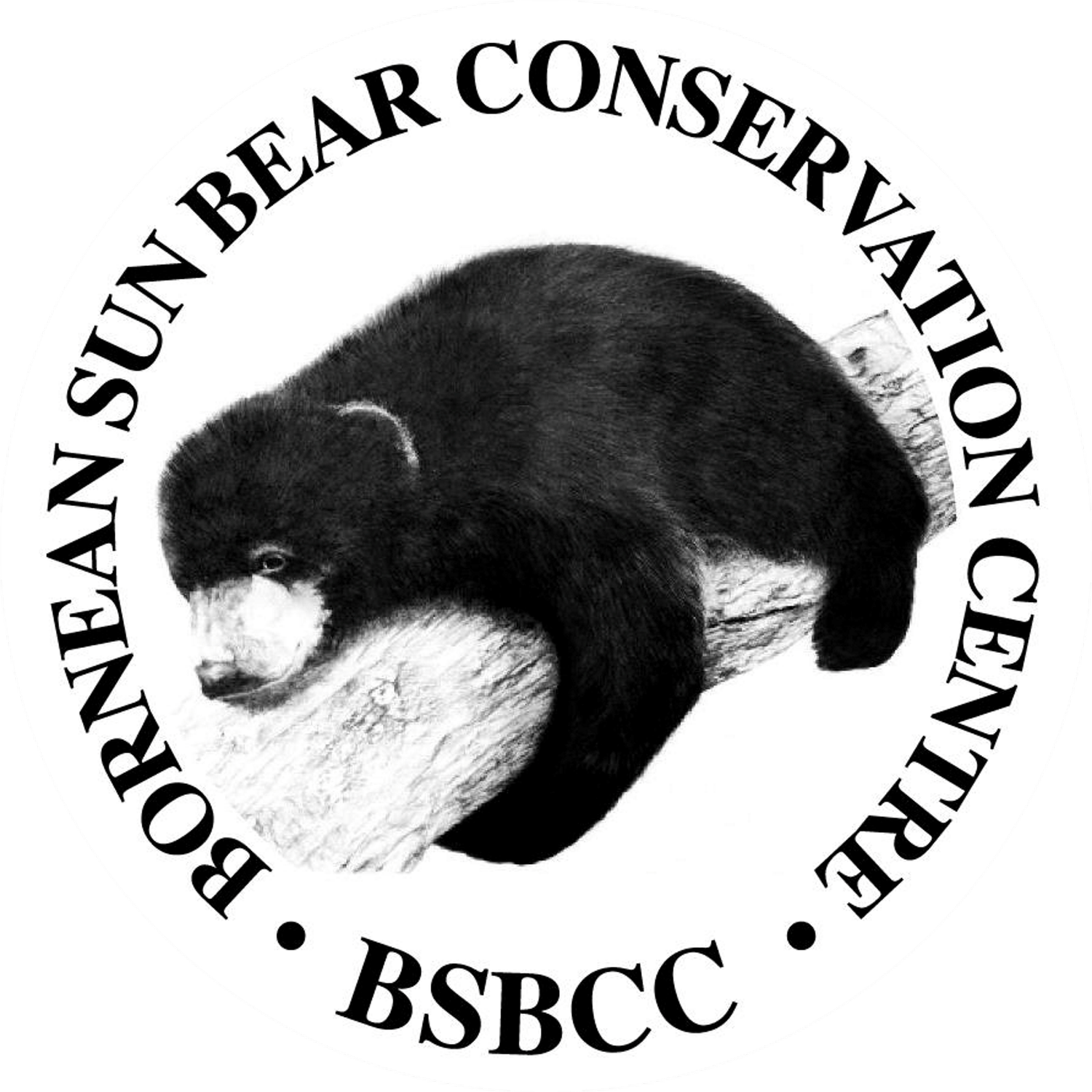Volunteer Story - My Experience at Bornean Sun Bear Conservation Centre (BSBCC)
Text by Georgina Gabiela Duran Fernandez (APE Malaysia's Volunteer)
My first impression when I arrived at the Bornean Sun Bear Conservation Centre as a volunteer was one of sadness. I quickly realized that, due to human actions, the bears I met here cannot live in the wild as they should. The Sun Bear is the smallest bear in the world, and sadly, it is also the least known and least studied bear. These bears play an important role in maintaining the fertility of the Rain Forest by spreading seeds and, as they love to dig, they also help aerate the soil.
The bears that come here have been captured for various reasons. Some were taken as pets when they are babies, often after their mothers were killed. They were kept in small cages, and as they grew, they continue to live in cramped enclosures. Others were hunted for their body parts, which are used in traditional medicine, despite a lack of scientific evidence supporting its healing properties. Some were killed for their paws, which are considered trophies or symbols of strength and masculinity.
Before bears can return to the wild, they need to relearn many natural behaviors that are essential for their survival. This includes things like finding their own food, staying away from potential dangers and climbing trees. These skill help them stay safe and live independently in their natural habitat.
When I arrived at the centre, I struggled because I didn’t understand why the bears were here or how they had ended up in this situation. However, over time, I got to know the stories of the bears, and two of them, in particular, deeply moved me. Their names are Amaco and Simone, and they touched my heart in ways I never expected.
Amaco was found at an oil palm plantation near the Lahad Datu district when the company first began clearing the area. For the past 18 years, he was fed fed only rice and condensed milk, which left him without any teeth, so now, all his food must serve in a soft, paste-like form. Due to his age, Amaco has slow reflexes, moves at his own gentle pace, and is easily startled. He spends most of his day curled up asleep in a corner. What struck me most were his eyes, they seem to reflect deep compassion and quite wisdom. Amaco is now 32 years old.
Simone was kept in a mini zoo in the southeast of Sabah, alongside a male sun bear. They were surrendered to the Sabah Wildlife Department. Simone became my favorite bear because she is so expressive, always alert, active and observant. She reminded me of a child who had been abandoned and left to fend for herself. She’s always cheerful, climbing, sitting on her bed, and watching everyone who passes by.
Being able to feed the bears, clean their enclosures, administer their medications, and take part in enrichment projects was incredibly fulfilling. The enrichment project is aimed at keeping the bears entertained and preventing abnormal behaviors. I felt great satisfaction in seeing the bears so engaged, especially using their instincts through their sense of smell, touch, and taste.
What do I take away from this experience?
I leave with a deeper awareness of the challenges that our planet faces, and the realization of how little the world’s population, in general, knows, cares, or is willing to do for the Earth.
Mother Earth is like a delicate garden, one that gives us everything we need to survive. But if we continue to neglect it, to take without giving, the garden will slowly begin to wither. It is up to us, the caretakers of this garden, to tend to the soil, protect its creatures, and nurture it with care. The garden is not endless. If we don’t act now, we will be left with barren land where once there was life.
I also leave with a desire to learn more about endangered species in my own country, to know what is being done to protect them, and to find places where I can help within my community. And above all, I confirm my desire to continue traveling as a volunteer for wildlife conservation, becoming an active eco-tourist.
I am deeply grateful to all the bear caretakers, especially Carls and Boni, who were always attentive, answering my questions and explaining everything. I want to thank Joan for all her kindness during my stay and congratulate Dr. Wong for the BSBCC project that he has poured his heart into.
An enrichment with little surprises, big joys.
Amaco was found at an oil palm plantation near the Lahad Datu district when the company first began clearing the area. For the past 18 years, he was fed only rice and condensed milk, which left him without any teeth, so now, all his food must serve in a soft, paste-like form. Due to his age, Amaco has slow reflexes, moves at his own gentle pace, and is easily startled. He spends most of his day curled up asleep in a corner. What struck me most were his eyes; they seem to reflect deep compassion and quite wisdom. Amaco is now 32 years old.
Simone was kept in a mini zoo in the southeast of Sabah, alongside a male sun bear. They were surrendered to the Sabah Wildlife Department. Simone became my favourite bear because she is so expressive, always alert, active and observant. She reminded me of a child who had been abandoned and left to fend for herself. She’s always cheerful, climbing, sitting on her bed, and watching everyone who passes by.
Whispers of Two Souls; Simone & Amaco
Daily fence checks, because their safety comes first





